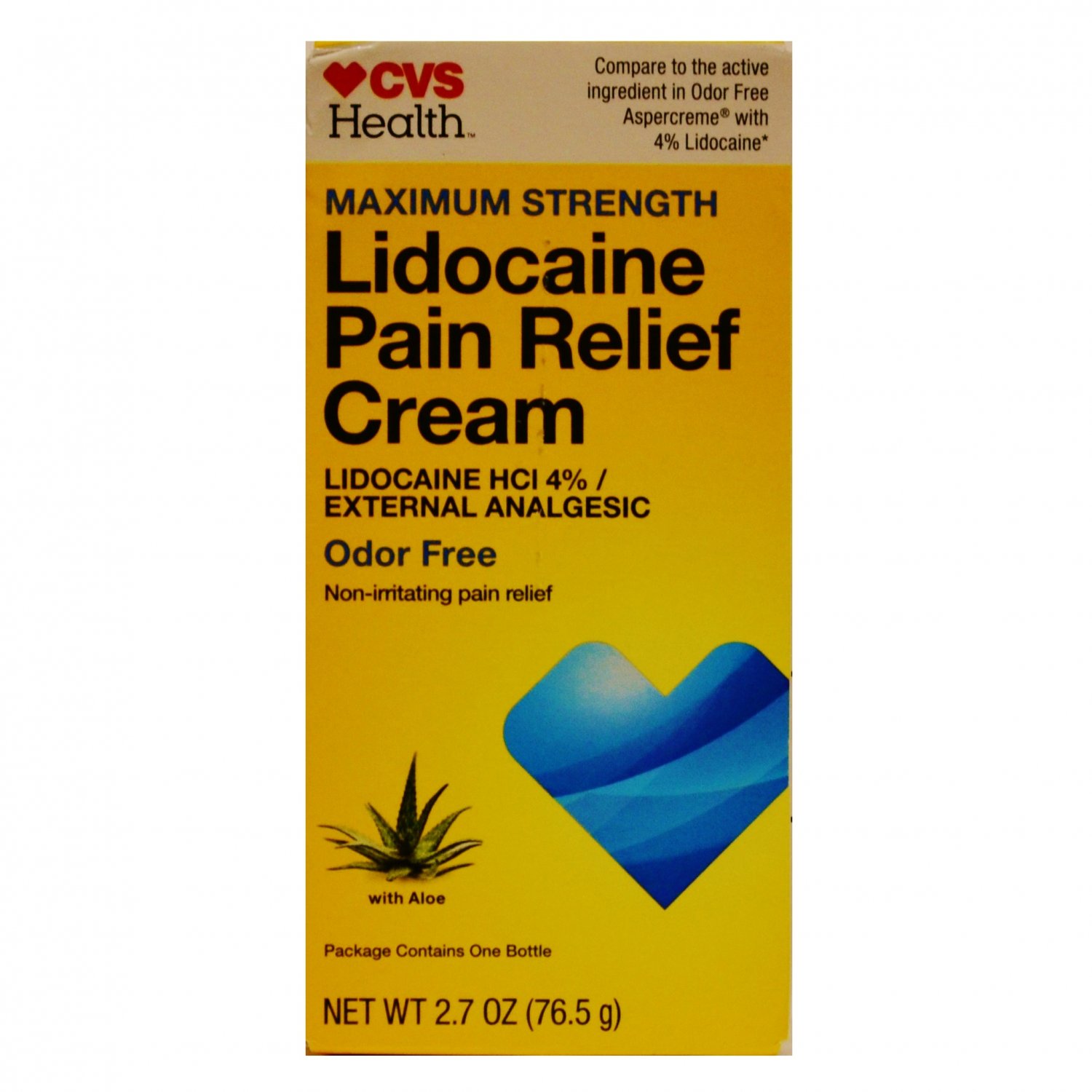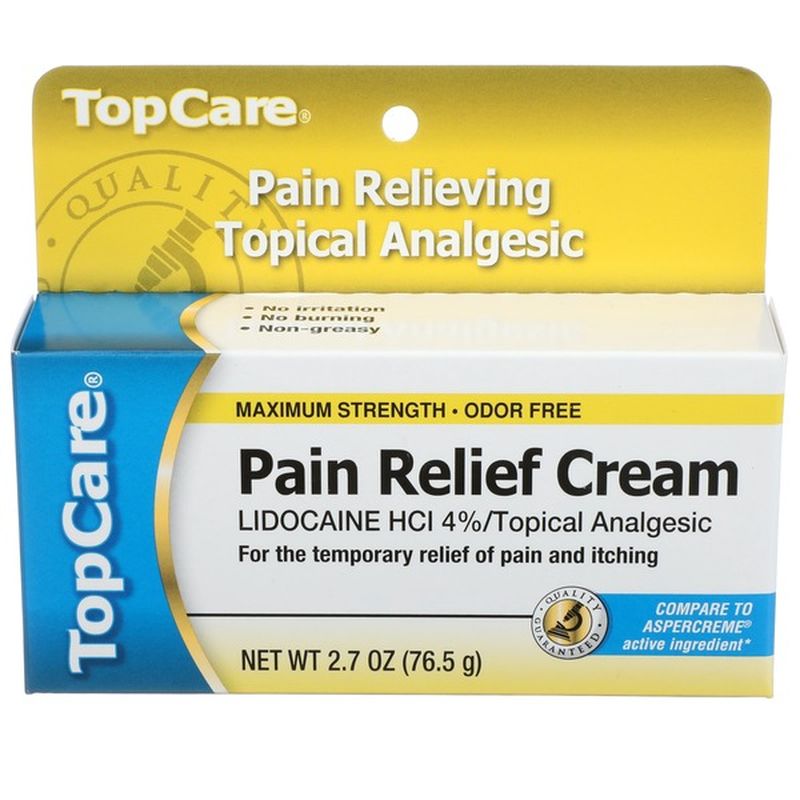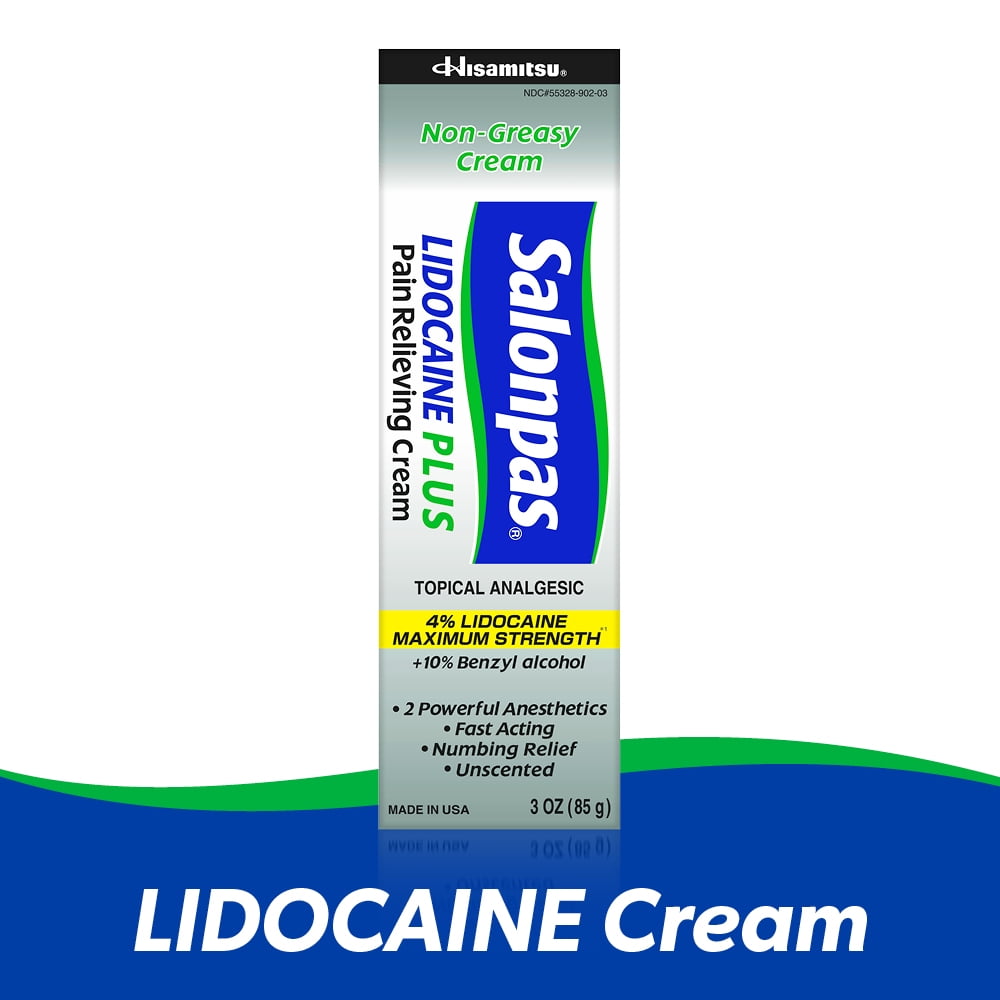

- LIDOCAINE CREAM FOR PAIN SKIN
- LIDOCAINE CREAM FOR PAIN PATCH
- LIDOCAINE CREAM FOR PAIN PROFESSIONAL
- LIDOCAINE CREAM FOR PAIN FREE
Also, the number of doses you take each day, the time allowed between doses, and the length of time you take the medicine depend on the medical problem for which you are using the medicine.įor pain and itching caused by minor skin conditions:Īdults-Apply to the affected area 3 or 4 times a day. The amount of medicine that you take depends on the strength of the medicine. If your dose is different, do not change it unless your doctor tells you to do so. The following information includes only the average doses of this medicine. Follow your doctor's orders or the directions on the label. The dose of this medicine will be different for different patients.
LIDOCAINE CREAM FOR PAIN PATCH
Do not wear the patch for longer than 12 hours in any 24-hour period. You may apply up to 3 Ztlido® patches at a time. After exposure to water, you may pat the patch dry. Ztildo® patch may be worn in water (eg, showering for 10 minutes or bathing for 15 minutes). You may also use the Ztlido® patch during moderate exercise (eg, biking for 30 minutes). Put on a new patch if the old one has fallen off and cannot be reapplied.ĭo not use the Lidoderm® patch when you take a bath, shower, or swim. Avoid putting the patch on areas where it could be rubbed off by tight clothing.
LIDOCAINE CREAM FOR PAIN FREE
Choose an area with little or no hair and free of scars, cuts, or irritation. You may cut the patch into smaller sizes with scissors after removing the patch release liner.Īpply the patch to clean, dry, intact skin. Keep the patch in its protective envelope until you are ready to apply it. Wash your hands with soap and water before and after applying a patch.ĭo not use the patch if it is damaged. If it does get on these areas, rinse it off with water or saline right away.

Do not get it into your eyes, nose, or mouth. This medicine should only be used on the skin. Use this medicine exactly as directed by your doctor. If you are using this medicine for the throat, gargle the undiluted solution. If you are using this medicine in the mouth, swish the solution around inside the mouth and spit it out. Use an accurate measuring device to avoid using more than the prescribed amount of medicine. If you are using the viscous topical solution: If any of the medicine does get into the eyes, wash the eyes with water for at least 15 minutes and check with your doctor right away. Unless otherwise directed by your doctor, do not apply this medicine to open wounds, burns, or broken or inflamed skin.īe careful not to get any of the ointment in your eyes, because it can cause severe eye irritation. Wash your hands with soap and water before and after using this medicine.
LIDOCAINE CREAM FOR PAIN PROFESSIONAL
If you are using the topical jelly or ointment:Ī nurse or other trained health care professional may give you this medicine before having a medical procedure. Ask your doctor if you have any questions. Read and follow these instructions carefully. This medicine should come with a patient information and instructions leaflet. This medicine should not be used to treat certain kinds of skin infections or serious problems, such as severe burns. Check with your doctor before using it for other problems, especially if you think that an infection may be present. Lidocaine acute pain chronic pain topical anesthetic wound healing.This medicine should only be used for problems being treated by your doctor. The treatment of painful wounds with 5% Lidocaine Cream for 14 days resulted in reduced pain intensity, and showed high safety and tolerability. 13 patients presented a total of 25 adverse events, 4 of them were related to the treatment. 9 patients prematurely stopped the treatment for healing (n = 4), wound improvement (n = 2) and adverse events related to the treatment. The intensity of pain significantly decreased from the baseline level established at the beginning of treatment (mean score 6.7 - 1.90) - to the level at end of treatment (3.0 - 2.23- p < 0.0001). The wounds included traumatic wounds (n = 39), venous ulcers (n = 25), post-surgical wounds (n = 6) pyoderma gangrenosum (n = 6), vasculitis (n = 1) and pressure ulcer (n = 1). Seventy-eight patients had a median age of 67.5 years (range 18-96 years). Clinical aspects and adverse events were also collected. The primary outcome of the study was establishing the wound pain relief based on the results of 5-VRS and pain intensity based on the 11-NPRS testing from baseline to the end of treatment. All medications and adverse events were evaluated in a daily diary.

Patients' perception of pain was recorded by, using the 5-point Visual Rate Scale and the 11-point Numerical Pain Rating Scale. The study included 78 patients with painful wounds treated with 5% Lidocaine cream for two weeks in two Italian Hospitals. This prospective, multicentre study examined the effects of 5% lidocaine cream on wound pain relief. Lidocaine hydrochloride is frequently used for management of painful wounds.


 0 kommentar(er)
0 kommentar(er)
